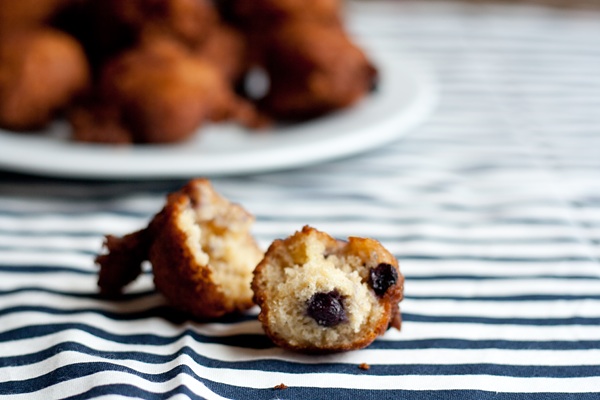On the same day I attempted to eat shark, I also tasted a dish named Plokkfiskur. Now, the English translation of Plokkfiskur is simply mashed fish, but I found that description more than a little off-putting, considering how delicious this classic dish is. Plokkfiskur is a true peasants meal and was traditionally used as a way to liven up leftover poached haddock.
The dish itself is composed of few ingredients and has a smooth, almost gummy texture that is reminiscent of the best cheese and onion pasty fillings (think Ginsters!) In fact it is this very notion that gave birth to my anglicised recipe variant, a Plokkfiskur pasty. For those who aren’t keen on this idea, you can instead take a more authentic path and choose to gratinate the mashed mixture with rye-breadcrumbs and grated Gouda.
Ingredients
For the Potato Pastry:
190g cold mashed potato (no butter or milk added)
210g plain flour
100g butter, chilled and cubed
1 tsp baking powder
1/4 tsp salt
cold water
For the Plokkfiskur:
560g haddock (cooked and cooled)
560g potatoes (peeled, diced and boiled)
1 onion (chopped finely)
350ml whole milk
55g butter
3tsp plain flour
salt and pepper
1-2tsp snipped chives
Method
1. First make your pastry. Combine the flour, salt and baking powder in a large bowl.
2. Add the fat and rub in with your fingertips until it resembles coarse breadcrumbs.
3. Mix in the mashed potato until a ball of dough forms that leaves the sides of the bowl clean. It is at this point that you may need to add a little water.
4. Rap the dough in cling film and chill for at least 30 minutes.
5. Meanwhile, skin the cooked haddock fillets (check for bones as you go) and break up the fish into flakes.
6. Finely chop the onion and add to a saucepan with the butter.
7. Warm over a medium heat until the onion starts to soften.
8. When cooked, spoon over the flour and stir to make a roux. Stir well for 1-2 minutes.
9. Gradually add the milk, stirring continuously. Allow to simmer for 3-4 minutes, stirring often.
10. Remove from the heat and add the potato and flaked fish. Stir roughly so that some of the pieces are broken up and others remain whole.
11. Finally add the chives and a generous amount of seasoning, then set aside to cool.
12. Preheat oven to 200°C.
13. Next, remove the pastry from the fridge and roll out on a floured work surface, until approximately 45 by 30cm. I sometimes roll the pastry between two sheets of clingfilm as it can get quite sticky.
14. Cut the pastry into six equal 15×15 squares.
15. One at a time spread a generous portion of Plokkfiskur onto one half of each square. Fold over like a book and seal with a fork and some egg wash. Brush the tops with more egg and prick with a few holes to allow the steam to escape.
16. When completed, transfer your pasties to a baking tray and bake for 20-25 minutes or until golden brown and cooked through.



